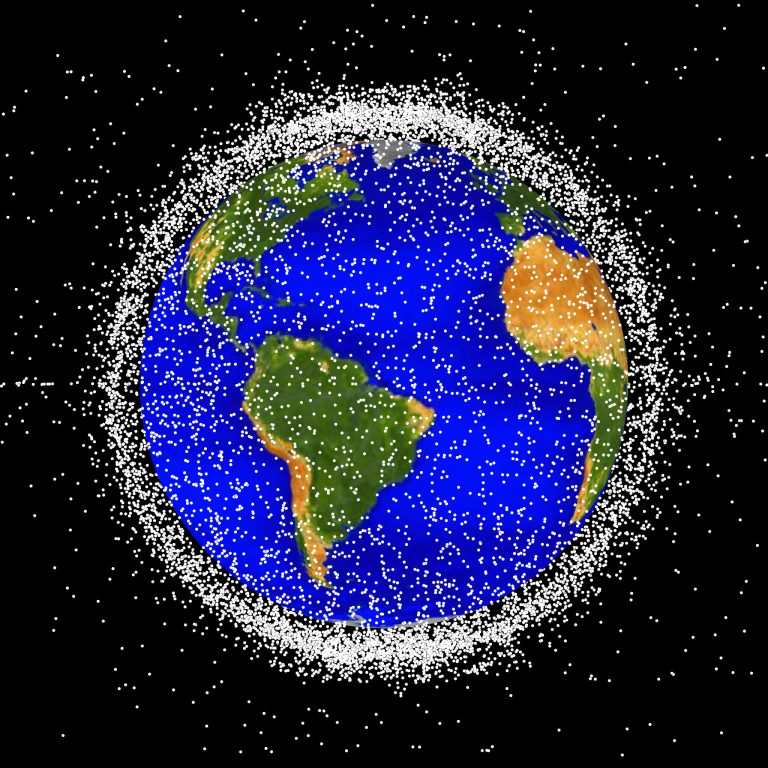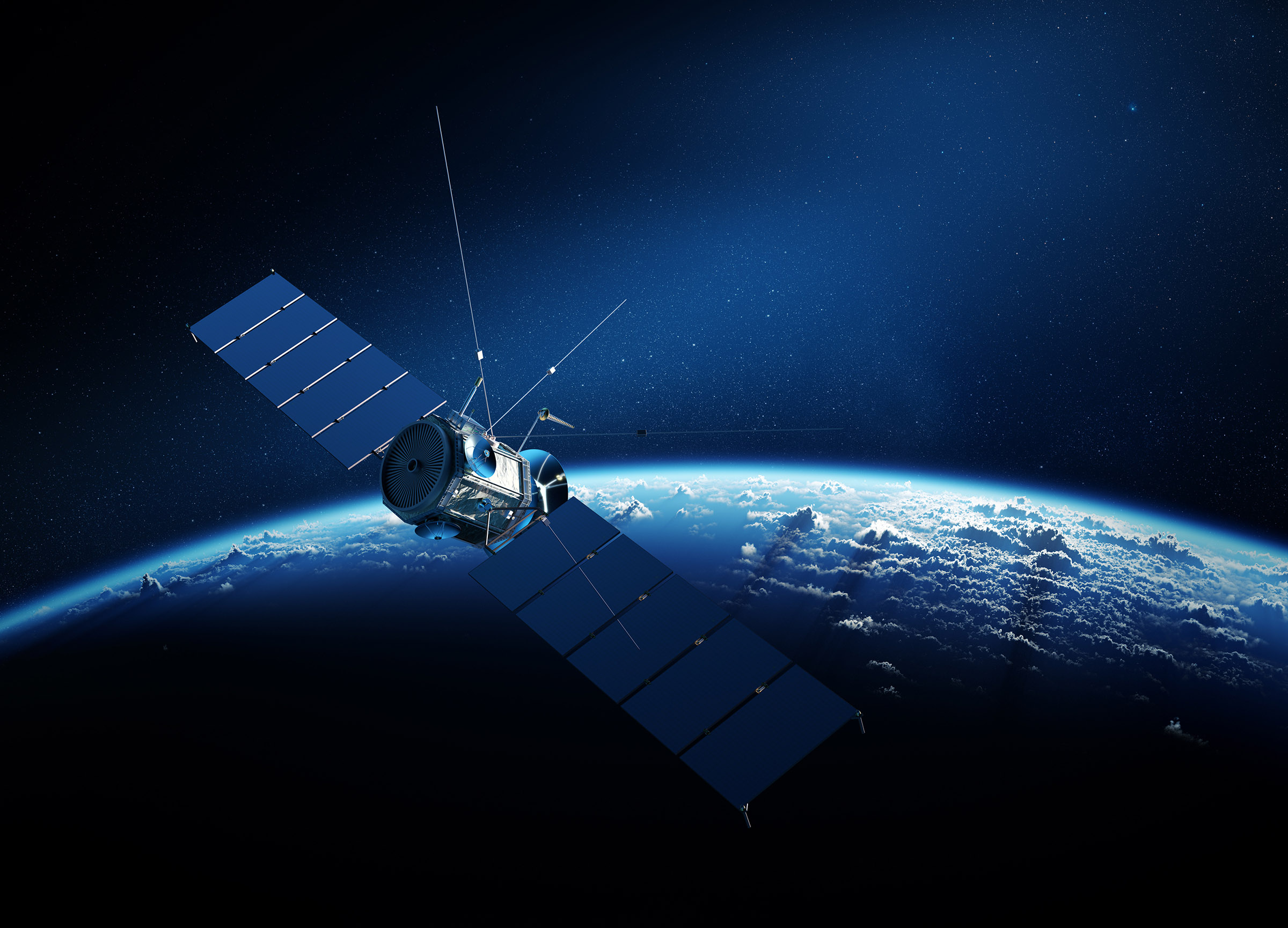The average distance between the Moon and Earth is 382,500 kilometers (about 237674.48 miles). As such, there’s plenty of space around our planet to warrant all the satellites we put into orbit, right? Not necessarily. In fact, there are many who have growing concerns about Earth’s orbiting satellites, and the dangers they pose to spacecraft and even to how we observe the stars beyond.
“If you look just from a geometry and physics point of view – if you look at all the different orbits, the space, the surface and the volume that we have – we should have plenty of space for more satellites than we have now,” Francois Chopard, founder and CEO of Starburst Aerospace, explained on a call with BGR.

Chopard, who has worked as an advisor with NASA and the U.S. Space Force, says that by all accounts, there should be plenty of space. However, he says the problem here is “a little bit more complicated” than just running the numbers. Instead, the growing concerns about Earth’s orbiting satellites really seem to be tied to how those satellites are handled after they cease being useful.
It’s also important to remember that most of the satellites we have orbiting our planet rely on a much smaller 500-kilometer range. As such, we aren’t making use of the entire amount of space between the Earth and the Moon. So, when you start packing satellites and space stations into this space, it fills up quickly. And that doesn’t even count the space junk left behind by old satellites and rockets.
But Chopard says that we could probably put thousands more satellites into that space before having to worry about having too many. But if we don’t have proper monitoring systems in place, as well as ways to control those satellites and move them around safely, then we’re just opening the door for collisions and other issues along the way, or for satellites to impede operations by spacecraft like Hubble.

“Every satellite will need to have its own position, its own tank, and its own ability to maneuver from one orbit to another to avoid others,” Chopard explained. Without such a system, the concerns over Earth’s orbiting satellites are only going to grow, especially as we have to worry about old satellites colliding and creating fields of debris that are even harder to track.
The issues surrounding Earth’s increasingly packed orbit are bigger than just this thought. The more satellites we put into orbit, the more we’re polluting the night sky, brightening the darkest nights and making it more difficult for astronomers to study the stars.
Limiting the use of satellites in some way and creating better ways to monitor and control them could help alleviate some of these issues. Thankfully, some companies are already implementing end-of-life procedures. However, we still need to address the space junk conundrum, if we’re going to clean up the orbits around Earth completely.








